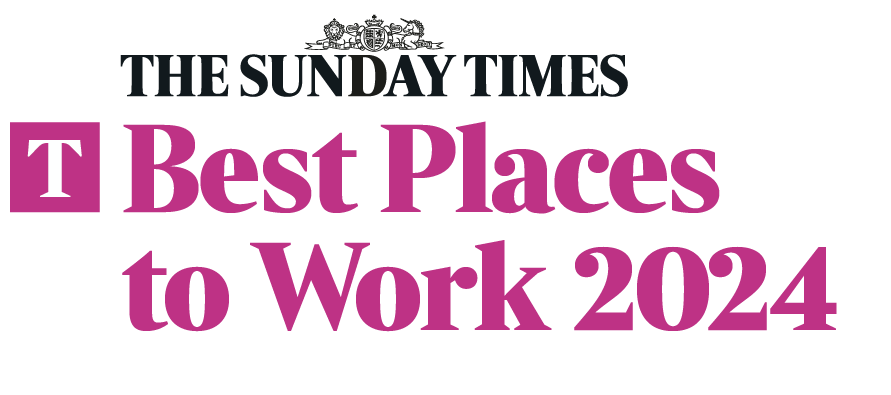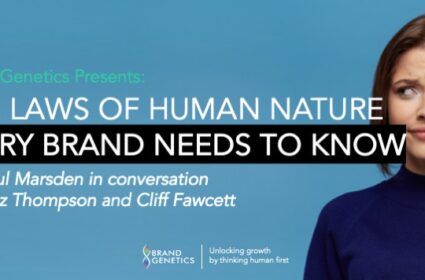It’s time to upgrade your innovations with the JTBD framework

This article is part of our series on The Laws of Human Nature. You can view the full series or download the report.
Download ReportInnovation is top of the agenda as brands and businesses look to accelerate into 2022. The good news is, we are here to help!
Yet, too often innovators find themselves detached from the consumer reality and struggle to add real value to either the customer or the bottom line. Testament to this, studies show that over 80% of NPD launches fail within the first year.
To address this challenge, we have revisited the Jobs to be Done framework (JTBD) and distilled the theory into 12 practical tips for doing better JTBD research – and, by extension, delivering superior, successful innovations.
Why should you choose JTBD when it comes to identifying demand spaces?
Based on the metaphor that innovations are ‘help for hire’, we’ve found a JTBD mindset to be particularly powerful when it comes to identifying untapped demand spaces for our clients. When you see innovation in terms of upgrading people rather than products, a whole new world of opportunity emerges.
So, let’s cover the basics. What’s with the ‘jobs’ metaphor and what are ‘JTBD’?
A consumer ‘job’ is simply a task with a purpose or goal. And a job-to-be-done is simply a job that has yet to be completed. Pushing the ‘job’ metaphor harder, people ’hire’ innovations to help get ‘jobs’ done. From this ‘functionalist’ JTBD perspective, innovations are simply ‘help for hire’.
People have all sorts of jobs to be done in their lives, and consumer demand comes from jobs that have yet to be satisfactorily completed. The promise of JTBD is that by thinking of markets as ‘job markets’, rather than consumer segments or product categories, innovators can find new untapped demand spaces.
Products and brands don’t have ‘jobs’ – people do. If a brand talks about its job-to-be-done, then the metaphor fails. The point of JTBD is to shift away from brand-first thinking to people-first thinking. And JTBD is not about focusing on consumer ‘needs’ (or need-states).
JTBD was developed specifically because the language around ‘needs’ can be so problematic in marketing – few teams can even agree on what a ‘need’ is; it’s a flabby, badly defined word that can create confusion.
Likewise, JTBD is not simply benefit-driven innovation. If it’s about anything, JTBD is about aligning with people’s goals – the things people are striving to get done. The distinction is subtle but profound – and has a capacity to reveal exciting new breakthrough insights for innovation.

Consumers ‘hire’ innovations as a means to an end, which is to help them get from where they are to where they want to be. Consumer demand is simply ‘channelled motivation’ produced by a perceived gap between our ‘current state’ and our future ‘goal state’.
Jobs-to-be-Done are always about reducing the gap between current states and goal states.
Want to learn how to apply this JTBD thinking to your approach to innovation?
Click here to get your 12 Tips For Doing Better JTBD research
You won’t find a battery of technical JTBD processes here (plenty of those are just a Google search away). Instead, we’ll focus on 12 practical things you can do to cultivate a ‘JTBD mindset’ when you’re searching for, and researching innovation opportunities.
Time to put it into action?
If you’re looking to ‘hire’ an agency with a fresh and positive approach to innovation, we’d love to chat!



